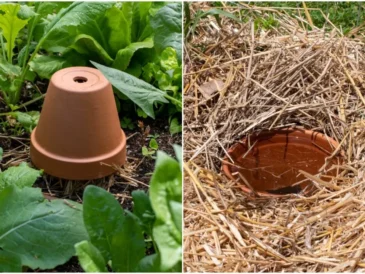A spiral herb garden is an innovative and space-saving way to grow a variety of herbs in a visually appealing structure. This type of garden utilizes a helical design to maximize space and create microclimates suitable for different herbs. The spiral shape not only looks beautiful but also offers functional benefits, such as improved drainage and easy access to plants. In this guide, we’ll explore how to create your spiral herb garden and the best practices for positioning each herb to ensure they thrive.
Benefits of a Spiral Herb Garden
Before diving into the construction and planting, let’s understand the advantages of a spiral herb garden:
- Space Efficiency: The spiral design allows you to grow more herbs in a smaller footprint, making it ideal for small gardens or urban settings.
- Microclimates: The varying levels of the spiral create different environmental conditions, such as varying moisture levels and sun exposure, catering to the needs of diverse herbs.
- Aesthetic Appeal: A spiral herb garden is a striking focal point in any garden, adding visual interest and a sense of whimsy.
- Ease of Access: The spiral structure makes it easy to reach all the plants, simplifying harvesting and maintenance.
Step-by-Step Guide to Creating a Spiral Herb Garden
1. Planning and Design
Choose a Location: Select a spot in your garden that receives at least 6-8 hours of sunlight per day. Herbs generally thrive in full sun, though some prefer partial shade.
Determine the Size: The size of your spiral herb garden depends on the space available and the number of herbs you wish to grow. A typical diameter ranges from 3 to 6 feet, with a height of 1 to 3 feet.
Gather Materials: You will need the following materials:
- Bricks, stones, or recycled materials for the spiral structure
- Sand or gravel for drainage
- Good-quality garden soil
- Compost or organic matter
2. Constructing the Spiral
TO CONTINUE READING SEE NEXT PAGE




